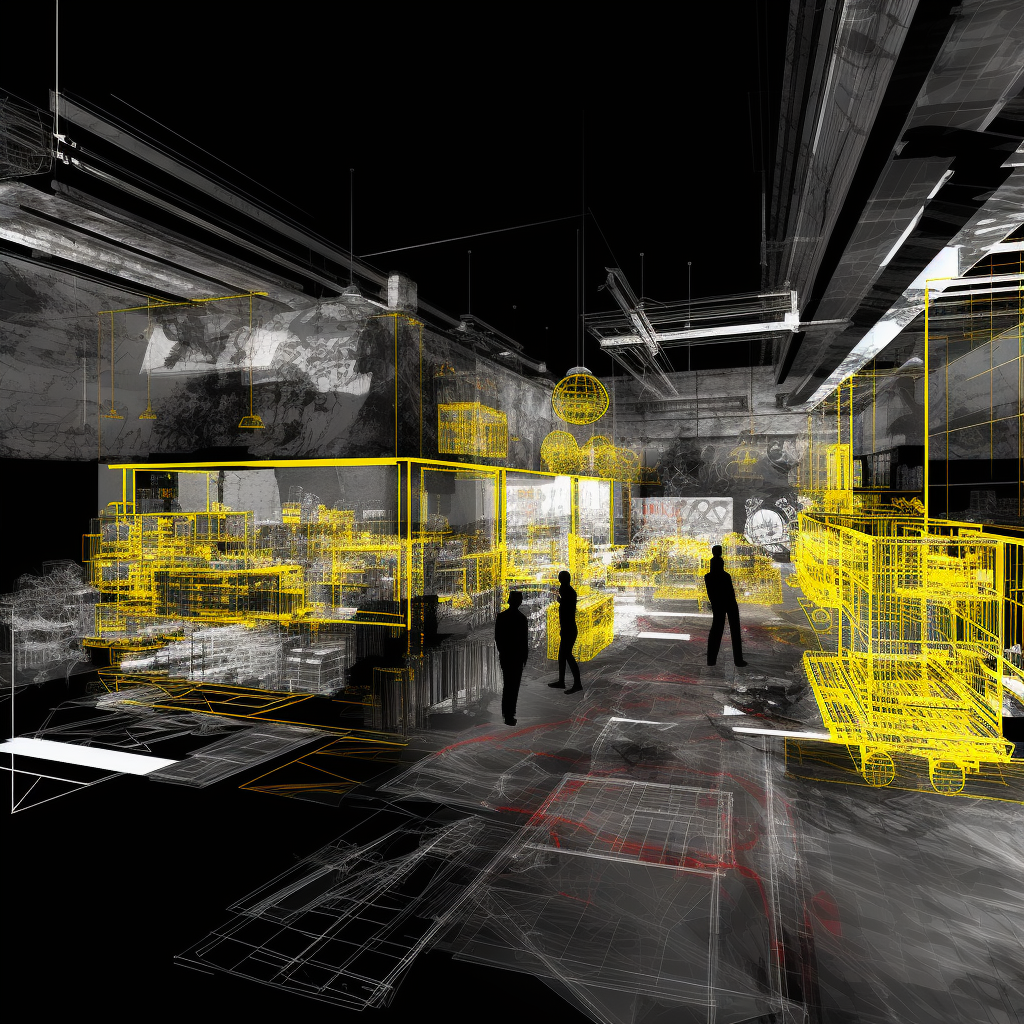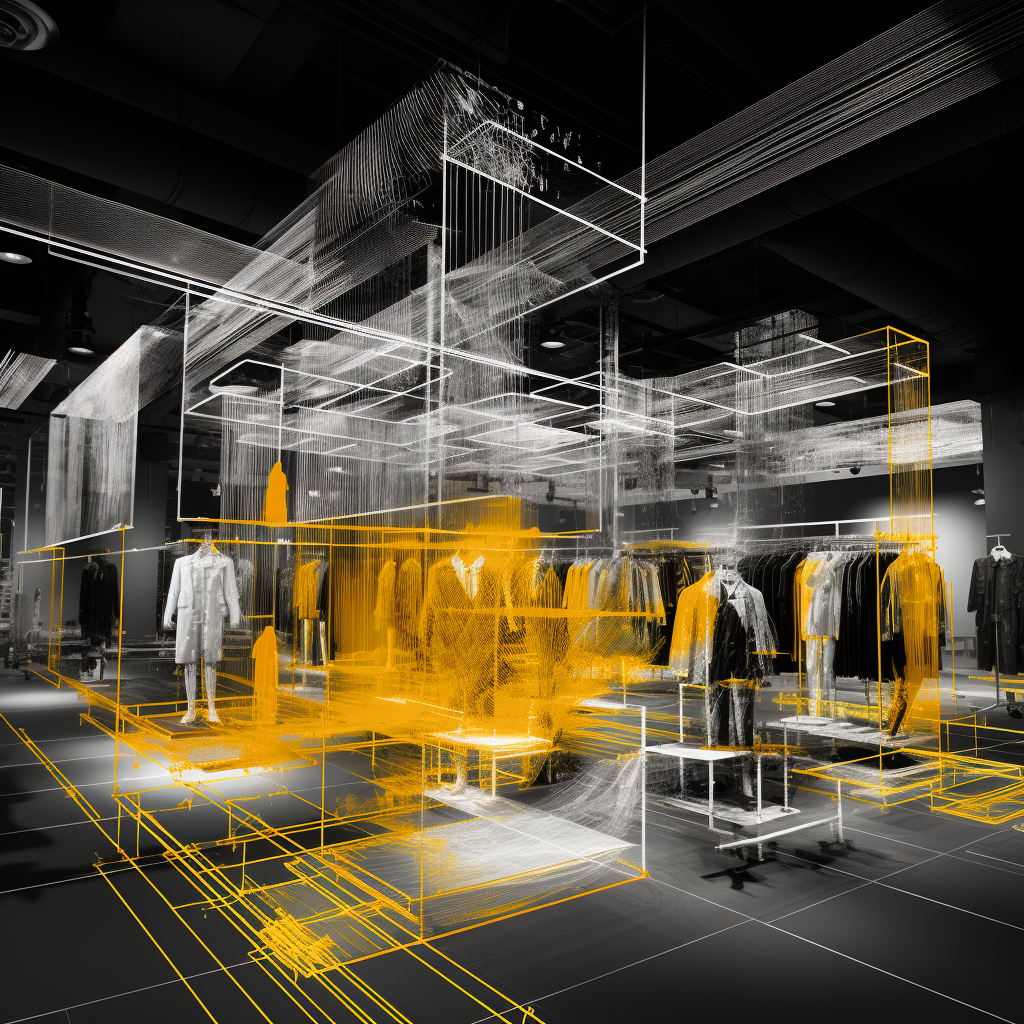
Robotic ImagingNovember 15, 2023
As retail brands continue to evolve and embrace technological advancements, the adoption of LiDAR 3D scanning has become increasingly prevalent. By standardizing 3D documentation in retail operations, brands can unlock several benefits, including consistency, efficiency, and improved decision-making. This blog post explores the ways in which retail brands achieve these advantages and emphasizes the benefits of LiDAR 3D scanning.
Standardized Data Formats:
Retail brands ensure compatibility and ease of sharing by employing standardized data formats for 3D documentation. Popular formats like OBJ, FBX, STL, and Point Cloud Data (PCD) for laser scans facilitate seamless communication and collaboration. By using consistent and standardized formats, clients can avoid basing decisions on inaccurate or incomplete data, thereby improving the overall quality of decision-making. When data is standardized, it becomes easier to integrate different systems, tools, and technologies, allowing for smooth data exchange and analysis. This compatibility between systems streamlines processes, reduces data errors, and improves efficiency.
Standardized Equipment and Software:
To maintain consistency in data quality and compatibility throughout the organization, brands invest in standardized hardware and software tools for capturing and processing 3D data. LiDAR technology plays a crucial role in this process, enabling accurate and detailed 3D scans.
Standard Operating Procedures (SOPs):
The establishment of standardized operating procedures for 3D data capture and management ensures uniformity across different stores and locations. Clear guidelines and best practices guarantee consistency in the gathering, storage, and usage of the data. By integrating SOPs, it benefits clients by providing standardized processes, increasing efficiency, ensuring data accuracy, addressing safety considerations, and improving project management and client communication.
Training and Certification:
By providing employees with comprehensive training and certification in 3D scanning and documentation processes, retail brands ensure adherence to the established guidelines. This ensures consistent quality in data collection and further promotes standardization.
Digital Asset Management (DAM) Systems:
The implementation of DAM systems in retail centralizes and standardizes the storage and retrieval of 3D documentation. This enables easy access to valuable assets such as 3D models, floor plans, and other relevant data, aiding decision-making processes. DAM systems enable clients to efficiently store, index, and retrieve LiDAR data, making it easier to access and utilize the data for various retail applications. DAM systems enhance collaboration and data sharing among different stakeholders. In the retail market, LiDAR data is often utilized by various teams, such as visual merchandisers, store planners, and marketing analysts. DAM systems often offer data visualization and analysis tools that facilitate effective data exploration and interpretation. Retail clients can visualize LiDAR data in 3D models, conduct spatial analysis, and derive insights to optimize store layouts, assess customer flow, and improve overall store performance.
Integration with Existing Systems:
Integrating 3D documentation systems with existing retail management systems allows for seamless access and utilization of 3D data during decision-making processes. The inclusion of LiDAR 3D scanning technology enhances this integration, providing in-depth and accurate representations of products and environments.
Quality Control and Data Validation:
Retail brands establish quality control measures and data validation processes to verify the accuracy and completeness of 3D documentation. LiDAR 3D scanning contributes to maintaining high standards and reliability, producing detailed and reliable data for analysis.
Regular Audits and Reviews:
By conducting routine audits and reviews of 3D documentation practices, retail brands identify areas for improvement and ensure adherence to established standards. Incorporating LiDAR 3D scanning ensures that the scanning and documentation processes are aligned with industry best practices.
Collaboration and Communication:
Retail brands encourage cross-functional collaboration and communication, leveraging 3D documentation for various purposes such as store design, visual merchandising, inventory management, and marketing. LiDAR 3D scanning facilitates more accurate and efficient collaboration, allowing teams to work with realistic 3D representations of products and spaces.
Vendor and Supplier Compliance:
Clear standards and expectations for 3D documentation are established when working with external vendors or suppliers. This maintains consistency in product data, store layouts, and other relevant information, ensuring seamless integration and collaboration.
Protocols for Data Security and Privacy:
Given the sensitivity of 3D data, retail brands have protocols and policies in place to ensure the security and privacy of this information, complying with relevant data protection regulations. LiDAR 3D scanning provides essential data security by capturing precise measurements without infringing on personal privacy.
Scalability:
Standardized 3D documentation practices are designed to scale easily, allowing retail brands to expand their operations or adopt new technologies without significant disruption. LiDAR 3D scanning's scalability and adaptability make it an ideal solution for retail brands seeking efficient and future-proof practices.
Overall, by standardizing 3D documentation in retail through the incorporation of LiDAR 3D scanning technology offers numerous benefits, including consistency, efficiency, and improved decision-making. By implementing standardized data formats, equipment, software, procedures, training, and quality control measures, retail brands can leverage the power of LiDAR 3D scanning to enhance collaboration, ensure vendor compliance, maintain data security, and scale their operations. These advantages propel retail brands to thrive in an ever-evolving industry, driving innovation and success.

